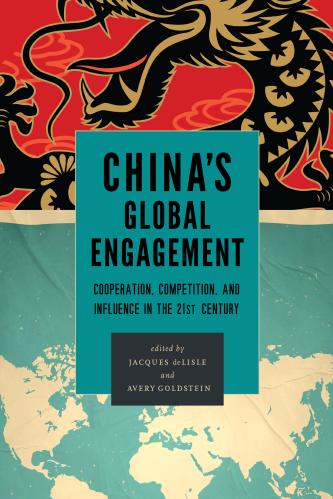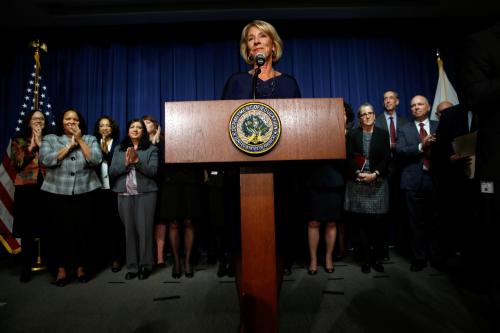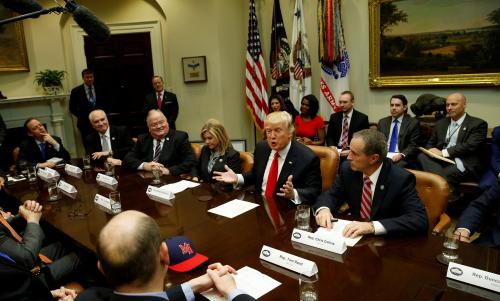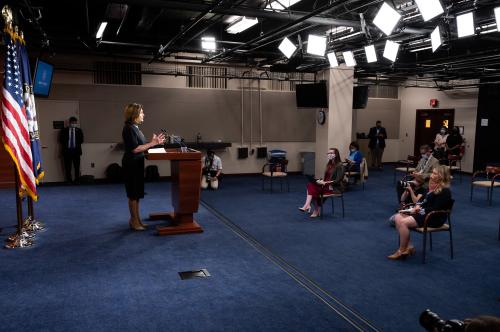The Congressional Management Foundation (CMF) has been a leading researcher in citizen engagement with Congress for decades and in January, after Donald Trump’s inauguration, something rather extraordinary started to happen in the U.S. We chronicled a rare increase in in citizen-advocacy. Just as the Tea Party movement of 2009 rocked the Congress, the Trump protest movement rose up and exercised its First Amendment rights to petition their government for a “redress of grievances.”
It’s rare to witness this type of “organic” advocacy. The most common practice is “facilitated” advocacy, which is usually prompted by “Action Alerts” issued by nonprofits or associations with which citizens are affiliated. However, the civic activity of January of 2017 was a rare from-the-bottom-up grassroots movement, and Capitol Hill was the target. Congressional offices reported a huge increase in communications volume. During the nomination debate over whether Betsy Devos was to become Secretary of Education, one Senate office saw constituent emails rise from 1,000 (in January 2016) to 46,000 (in January 2017). And one congressional leadership office tracked 1.3 million attempted calls to their main number … in one day.
This grassroots phenomenon also played out at town hall meetings, the most direct constituent-to-Congress interaction. We didn’t know what would come of this movement, but in spring 2017 CMF decided to study it. We tracked the activity at town hall meetings in April and May, examining data publicly available through news media outlets. We recorded which members of Congress held meetings, the number of people attending, and the media’s impression of how well legislators managed the audiences.
We were astounded by what we found. Average attendance was 281, a huge increase above the norm. CMF has monitored town hall meetings for years and usually attendance at meetings hosted by a member of the House of Representatives is between 20 and 50 constituents. One representative saw more than 2,000 citizens show up for his town hall meeting. And, as the media reported, many citizens were angry and wanted to vent. One man in Wisconsin showed up with a homemade sign that read, “I DIDN’T COME HERE TO LISTEN TO YOU—I CAME HERE TO YELL!” This put into words what many Americans seemed to be feeling. The same was true in 2009. We found an article about a 2009 town hall meeting where a citizen was quoted saying almost the exact same phrase in an angry exchange with his congressman. Regrettably, while increased citizen engagement is laudable, and protest is a cherished American practice and right, these activities alone will not improve the democratic dialogue.
Venting may make people feel better, but yelling without listening is usually counterproductive to protesters’ goals. Starting a conversation with the words “I PAY YOUR SALARY” isn’t exactly out of How to Win Friends and Influence People. As the Wisconsin protester explicitly stated, he and likely many others weren’t there to “influence” the legislator. And yet, influencing Congress was the stated purpose of the protests. Change doesn’t come about by yelling—change comes through citizens working together and with their elected leaders. Senators and Representatives and their staffers are people, and they respond to constituents working constructively with them, not to citizens yelling at them. Even Indivisible, the handbook on influencing lawmakers and engaging in peaceful protests, acknowledges this. The guide uses the word “protest” five times, but the word “polite” appears seven times –something many protesters seem to have overlooked.
If this year’s level of citizen engagement had continued into the fall it would have been the longest sustained citizen engagement movement since the Vietnam War. Except, it didn’t. Through contacts with congressional offices, CMF has learned that the numbers have receded—call and email volumes are significantly down. Yet, this will still be an historic year. In fact, congressional offices are reporting an increase for the year of 150-300 percent in constituent contacts, with most of the volume occurring during the first six months.
It appears that the “engaged” citizen of January 2017 has reverted back to the “cynical” citizen of years past. Sadly, most Americans don’t believe their voices makes a difference. A 2017 national poll by Rasmussen found that only 21 percent of voters feel that most members of Congress care what their constituents think. Pundits often point to Congress’ low approval rating as an indicator of the ill health of our democracy. But isn’t it more disconcerting that eight out of 10 citizens think the governing class is deaf to the pleas of the governed?
Ironically, if the protesters of 2009 and 2017 had changed their tactics they might have had a greater impact on public policy decision-making. CMF research has consistently shown that Congress IS listening to the people it represents. One data point which shows this comes from a CMF survey of congressional staff. We asked staff this question: “If your Member/Senator has not already arrived at a firm decision on an issue, how much influence might the following advocacy strategies directed to the Washington office have on his/her decision?” This same question was asked of congressional staff in 2004, 2010, and 2015, and the top answer, “In-person visits from constituents,” has never changed. This research is documented in CMF’s 2017 report, Citizen Centric Advocacy: The Untapped Power of Constituent Engagement. In surveys of nearly 2,000 congressional staff spanning 12 years, CMF has documented that citizen voices do matter and precisely what citizens can do to make their voices heard. To assist constituents in interacting with lawmakers, CMF created a “Citizen Resource Center” on our website. This is research-based guidance on how to communicate with your Members Congress, schedule and conduct meetings, and how Congress really works (spoiler alert—it’s not like House of Cards).
Americans are bombarded with negative images of their government through the news media and entertainment programs. And yet CMF sees citizens making a difference every day. A senator introduces a bill because of a story she heard from a senior in her state. A congressman fights to block a regulation because a small business owner demonstrated its negative influence on the local economy. Or a food bank program officer conducts a tour with a legislator, showing him the impact it’s having in their community.
Thomas Jefferson is quoted as saying, “We in America do not have government by the majority. We have government by the majority who participate.” Democracy is not a spectator sport. The Tea Party movement of 2009 and the protest movement of 2017 both were wonderful temporary displays of engagement by Americans. Yet our republic will only truly thrive through sustained efforts, designed to build genuine bonds of understanding and trust between citizens and Congress.









Commentary
Citizen engagement in 2017: Is this the start of something historic?
November 29, 2017